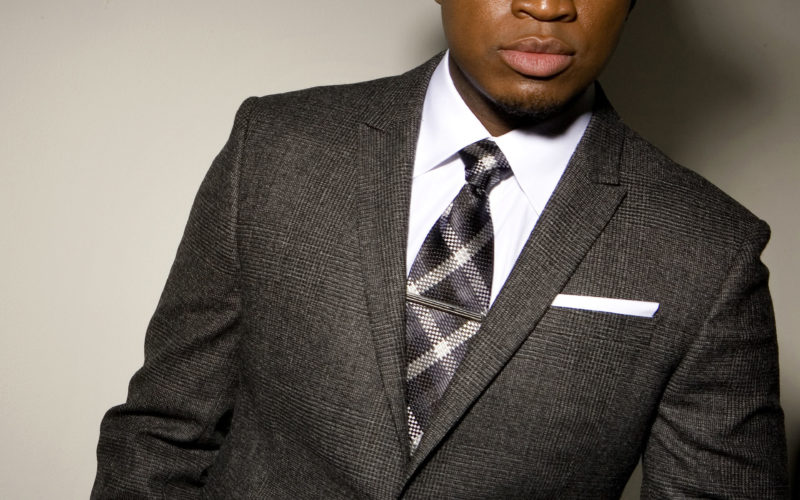Q. Years ago, on my first formal outing with my new in-laws, everyone had gathered in the living room to leave, when someone remarked that “everyone was dressed to the nines.” I had never heard that phrase before, so I had to ask, “nine what?” No one could tell me.
That was 50 years ago, and I still don’t have a clear answer. I have only found vague references to an ancient hall with nine pillars.
Can you help? Finding the answer is high on my bucket list. Thank you.
A. Your question is one that I had never thought about before. So, I did some research and came up with a lot of different answers and almost answers. Here is some of what I learned.
According to a posting called “Wordplay”: The phrase “dressed to the nines,” meaning “dressed in a highly elaborate or showy manner,” is a specific application of the Scottish phrase “to the nine(s).” Early written evidence of that phrase appeared in the 18th century, and it wasn’t originally associated with one’s dress.
“The bonny Lines therein thou sent me, / How to the nines they did content me.”
— William Hamilton, letter, 24 July, 1719
Its meaning is “to perfection, just right.”
It’s speculated that the phrase is derived from the game of ninepin, but the connection is murky: nine is the maximum score possible on any one throw in ninepins, but it is not a perfect score for the game. Nor does the number 9 pin have any special significance in the game. All in all, there is not a definitive explanation of the use of nine in “to the nine(s).”
“Dressed to the nines” pops up in the 19th century, and since that time it has become the most frequent construction in which the old Scottish phrase still occurs.
Matt Soniak wrote in “Mental Floss”: There are plenty of folk etymologies for the phrase that link clothing with the number nine. One says that the phrase comes from the nine yards of material a tailor needed to make a really nice suit. A few tailors I talked to, though, say four to five yards of fabric should be sufficient for a three piece suit. Another origin story says that the phrase refers to the 99th (Lanarkshire) Regiment of Foot, a British army regiment established in 1824, reportedly known for the immaculate condition of their uniforms. Still another clothing origin suggests that the phrase descends from the Old English saying “dressed to the eyes,” which, because Old English was weird, was written as “dressed to then eyne.” The thinking goes that someone at some point heard “then eyne” and mistook it for “the nine” or “the nines.”
The hitch with these clothing-specific origins, though, is that the simpler phrases “to the nine” and “to the nines” were already used to mean “to perfection” for about a century before “dressed to the nines” came along. Whatever significance the number nine had to warrant its place in the phrase, it doesn’t seem to have always been specific to clothing.
This opens up the possibilities to a few more proposed origins, but there doesn’t seem to be one solid answer. The “nine” in question could still be a misheard “then eyne” and refer to the eyes. It might also refer to a group of nine, examples of which pop up in myth and history all over the world. In Christianity, the fruits and the gifts of the Holy Spirit are both nine in number. In Norse cosmology, the great tree Yggdrasil unites nine worlds. The ancient Greeks had nine muses. In Europe during the Middle Ages, the Nine Worthies were men drawn from pagan, Jewish, and Christian history as personifications of chivalry. “The nines” we invoke when talking about a snappy dresser might mean any one of these groups, or something else, but a definitive answer is elusive.
As for my own thoughts on the expression, the one point I would make is that, in my mind, it is always a positive compliment.
Please send your men’s dress and grooming questions and comments to MALE CALL: Lois.Fenton@prodigy.net









